How to finish your T-shirt quilt by Christmas
I got a request from one of you for instructions on how to finish their T-shirt quilt by Christmas.
I’m already out of town, so I’m not able to make the three videos that are required to show you all how to finish it, but I will do my best with photos and videos that I’ve already made for other projects.
And if you have no intention of finishing the quilt by Christmas, don’t worry, I’m still going to make the remaining videos and post them in January.
Here are the instructions:
1. Clear your schedule and stock up on caffeinated beverages.
2. Clear your floor or find two banquet tables of similar height and place them next to each other.
3. Lay your completed quilt top, right side up, on the table or floor and mark your quilting design. You can get as fancy as you like, but for T-shirt quilts I prefer to mark in a diagonal grid. To do this I lay my 6-inch by 24-inch ruler from the corner of one cornerstone to the corner of another and mark the line using chalk. Then I measure the distance between the diagonal lines, divide by two, and mark another diagonal line half the distance between the two lines going through the cornerstones. Then repeat this process going the other direction so you have a grid of chalk lines. You can kind of see the grid in the green T-shirt on the quilt above.
Fons and Porter makes a chalk wheel I like for this task. I bought mine at JoAnn Fabrics, but have seen it at dedicated quilt stores as well. If you buy one in yellow and one in blue, you’ll never need another color.
4. Now pick your quilt top up off the floor or table and lay your backing fabric down wrong side up. You want your backing fabric to be 10 inches wider than your quilt top. Use painters’ tape to tape the backing fabric to the floor or table. You want the fabric to be taut, but not stretched.
5. Repeat step 4 with your batting. I recommend using Warm and Natural or Warm and White, because your quilting lines can be further apart than most battings.
6. Repeat step 4 with your quilt top, laying it right side up and making sure to center it on the batting and backing. Then put a safety pin in each of the diamonds created by the grid to hold the layers together while you quilt. You can see what this looks like in the photo above. Now you have made a quilt sandwich.
7. Take the tape off of the quilt layers. Staring at the corners, roll the quilt tightly toward the center, keeping the roll parallel with the quilting grid you marked. Stop once you reach the center line and repeat from the other side.
8. Attach a walking foot to your sewing machine and start quilting. Start with the center line from corner to corner, then work outward toward one side of the quilt, unrolling the quilt as you come to the next grid line. Then repeat this process on the other side of the quilt and then again to complete the other side of the grid.
I use Sulky Premier Invisible thread for the quilt top, and a cotton thread that matches the backing fabric in the bobbin. Sulky Premier Invisible thread is different from other invisible threads because it is made of polyester, not nylon, so it doesn’t feel like fishing line and quilts better. Still, it needs a little time to relax before it gets to the the needle, so instead of putting it on the thread holder in my machine, I put the spool in a small cup next to the machine and then thread the machine normally. I’ve bought this thread at Hancock Fabrics.
9. Now it’s time to make and attach the binding. Opinions differ on how wide to cut your binding. If this is your first quilt, I recommend cutting your binding 2 1/2 inches wide by the width of fabric. Once you get more practice, you can cut it thinner. Explaining how to make binding in words alone is difficult, check out the video above to find out how. The binding instructions start at 2:30, but there’s instructions on how to make a quilt sandwich in the first part of the video that may also be helpful. But ignore the part about using a spray basting method. You’ll get yourself high if you try that with a large quilt.
And if you’re wondering what in the hell this Home Rookies blog is about and just who is Stephanie De Pasquale who looks a whole like like me? Well, that’s my maiden name which I use for the blog I write at my day job at the Quad-City Times about my misadventures in DIY home improvement. You can check it out at www.qctimes.com/homerookies. I’m saving for and iPad so I can make nicely edited videos like that one for this blog since I don’t have the technology to do it at home.
10. Have a drink to celebrate finishing your T-shirt quilt and post photos of it to the Quilt Addicts Anonymous T-shirt Quilts group on Flickr.
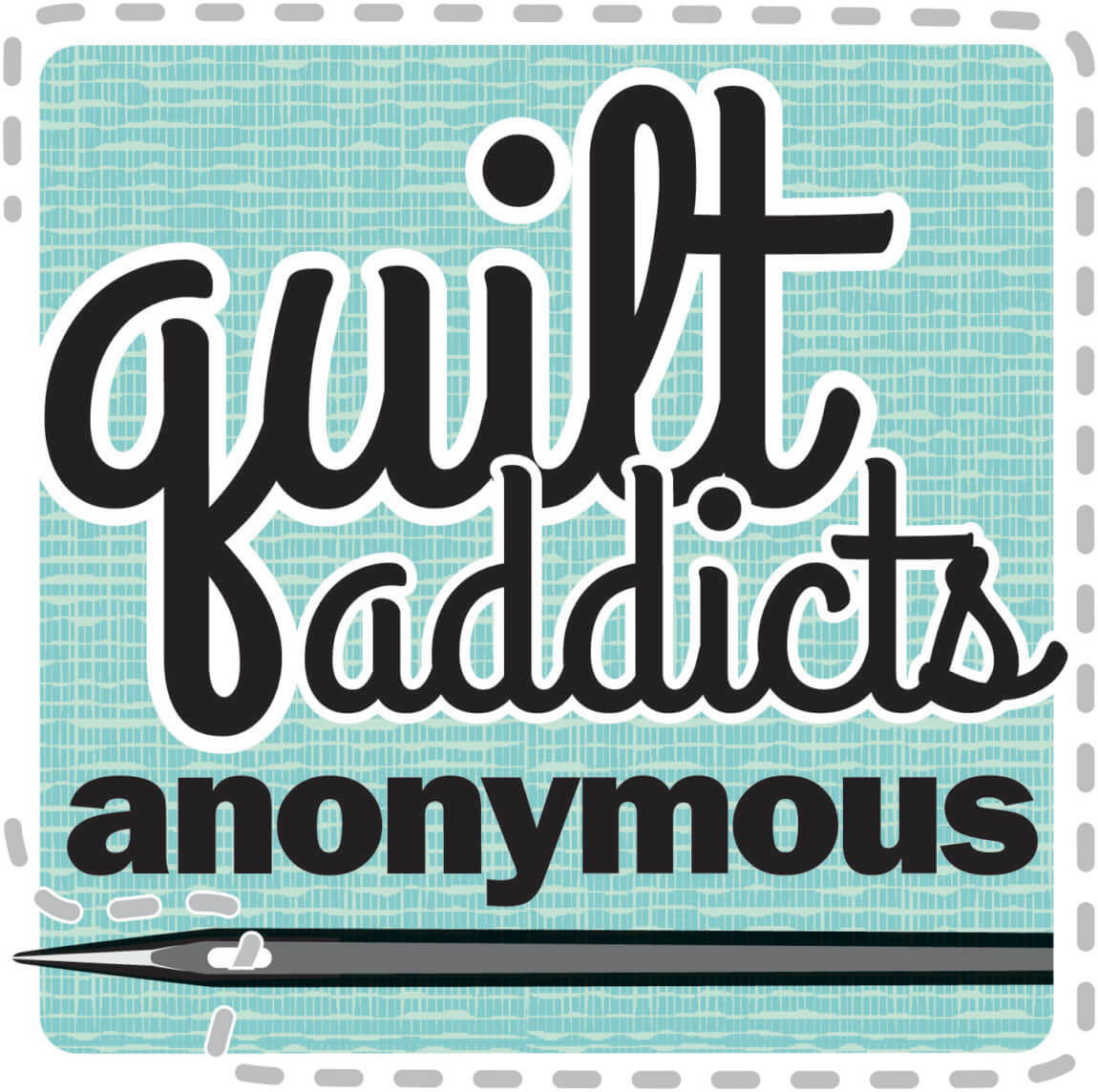

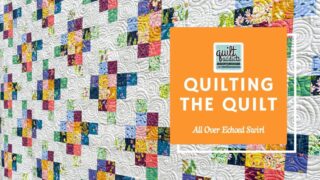
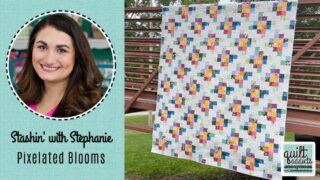
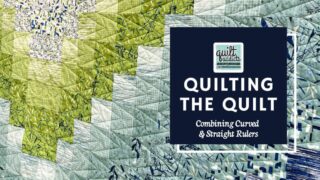
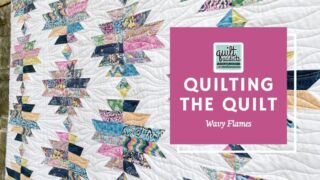
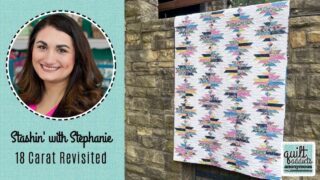
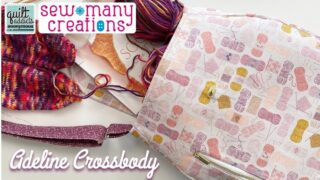
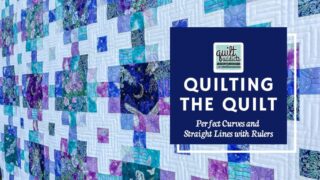
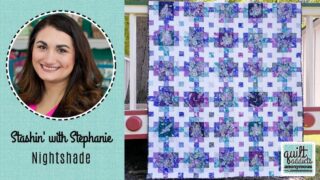
Thanks so much! This has been very helpful! I will be posting my pics for you soon, I must admit I was only able to get the quilt top finished, and am working on the rest this week. I didnt have enough caffeine! Lol! My husband was very surprised however with the quilt top, and very impressed with how great it turned out for my first time! Thanks again for your helpful instructions!
I gave my husband a quilt top last year for Christmas too. There’s no shame in it 🙂 I can’t wait to see your photos on the Flickr group http://www.flickr.com/groups/tshirtquilts/
I got a sewing machine for Christmas and while I’m home from college, I’m going to attempt to make a tshirt quilt! I found your videos SO helpful. I’m hoping you can get the next videos up because it’s so much easier for me to see you doing it! Thanks so much! 🙂
Good luck. Please e-mail me if you have any questions during the construction. My e-mail is stephanie.soebbing@gmail.com or you can find me on Twitter @SSoebbing. I’m hoping to get another video up this week if life doesn’t get in the way. 🙂
Your tutorials on T-shirt quilts are great! I’m an experienced quilter but have not attempted T-shirt quilts. Two good friends have kids graduating this spring and have asked me to make them quilts. One will use regular Ts but the other will be vented football jerseys. Do you have any tips? My main concern is stabilizing the fabric without the interfacing showing through the vented fabric. They are bright colors – orange, burgandy, red and blue. I’m pleased that I found your website and will look forward to viewing more tutorials!
You could try using a stabilzer that disolves in the wash. Sulky makes a product like this that is popular with machine embroiderers. But then the batting would show through the mesh once the stabilizer washes away. You could always add a hidden layer of muslin between the quilt top and the batting when you make the sandwich. It would add a little extra bulk when you quilt it, but should soften up once you wash the stabilizer away.
Thanks. The disolving stabilizer is what I was thinking too. Maybe I could sandwich it between a colored cotton that matches each jersey so the light color doesn’t show through. If I did that for each individual square and then washed the stabilizer out before I pieced it together, think that would that work? Would the cotton behind the jersey make it stable enough to piece? I appreciate your thoughts!!
That should work, but I would piece the whole top before you wash out the stabilzer to be safe. And I’d wash it out in the bathtub, letting it soak for at least 30 minutes and then gently agitating the top by hand so your seams don’t fray. Then let it air dry ove the shower rod.
Thanks so much for the advice. I’ll let you know how it turns out!!
Thanks for the T shirt Tutorials. I am going to attempt the first one for a great niece that will graduate from high school in May. The request was made at Christmas…how could I turn her down? I loved your tutorial so far and I have 20 t shirts she gave me to use so the quilt will be more for a lap top quilt I think. I appreciate the information and the easy format you set. I am an accomplished seamstress and a retired Family and Consumer Science teacher but do not feel real comfortable making a quilt. Your tutorials will be great! Thanks again, Linda
You’re welcome. I’m glad you’ve found the tutorials useful! If you have any questions during the constructions, feel free to e-mail me at stephanie.soebbing@gmail.com.
Thanks for great tutorials. I made a tee-shirt quilt for my niece last year for graduation out of her high school sports tee shirts. Forgot to photo it after complete. She loved it. Its has kept her warm in college. Now finely got back to making her one from other tee shirts she has from other special memory’s. I can not thank you enough for all your hard work with making of the tutorial. As soon as I finish the one I have started will be making one for her sisters graduation. I used zebra minky fabric for the back & saching then tied together at all 4 corners of the tee shirt sq. Just hoping the stabilize I used for the tee shirts holds up.
I’m so glad to hear the videos helped you create a quilt for your niece. I would recommend adding a few more ties though. It’s not the stabilizer I worry about, but the batting. Most battings have specific instructions for how far apart quilting can be in order for them to stay intact over time, and I don’t know of any that are 12 inches apart, which is how large your T-shirt blocks are. If you don’t add more ties, the you run the risk of the batting separating and clumping when the quilt is washed.
I am making my first tshirt quilt for a friend who asked me. She doesn’t want a lot of quilting showing, so I thought I could use fleece as the batting & then just do stitch in the ditch with the invisible thread on top. There’s a minky backing so I was thinking of just quilting the top & fleece. Then hand sewing each corner of the tshirts to the backing (the minky back doesn’t look great with a lot of stitching. Do you think this will hold up well or be too floppy???